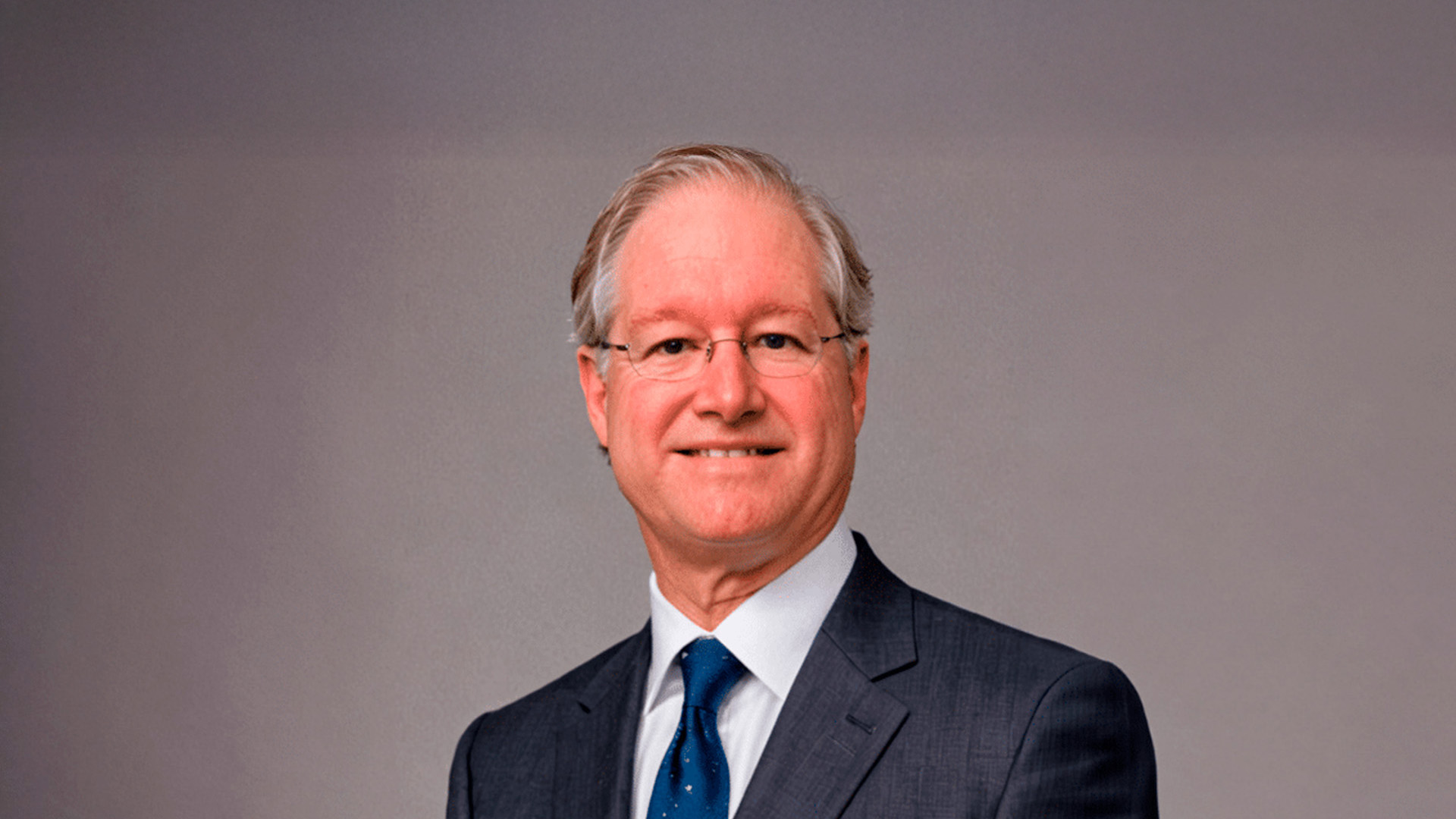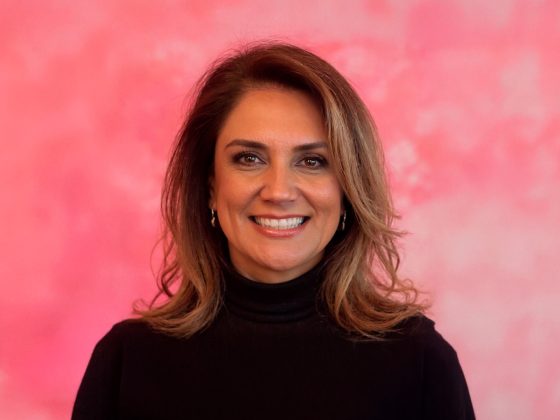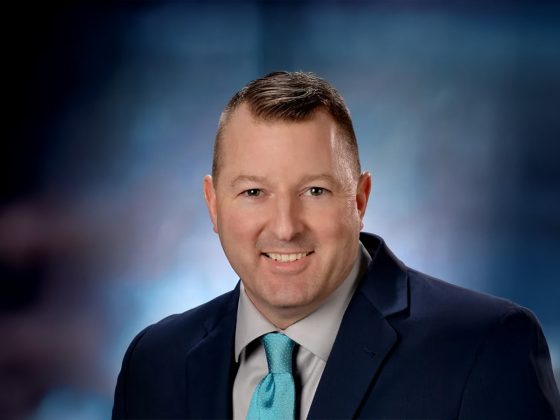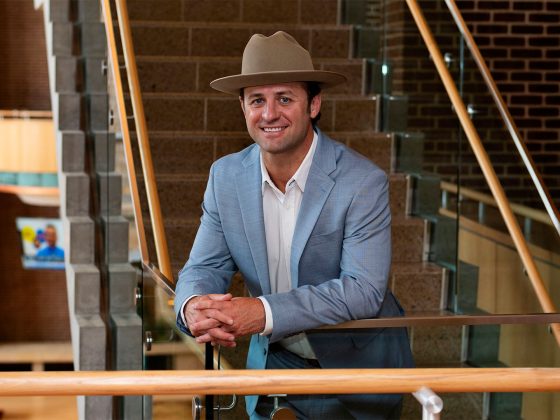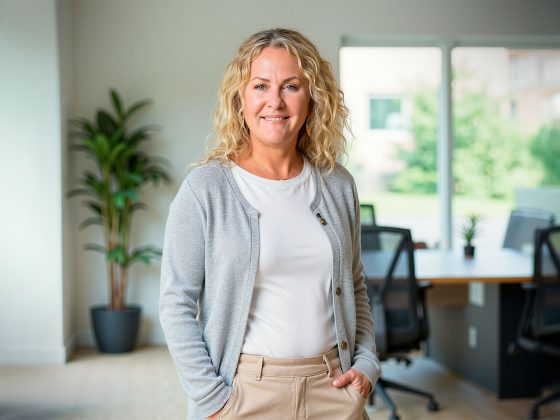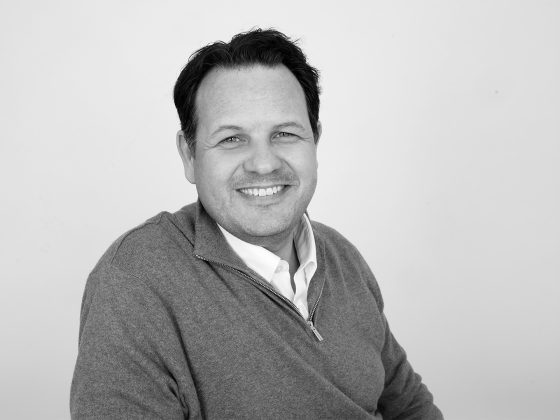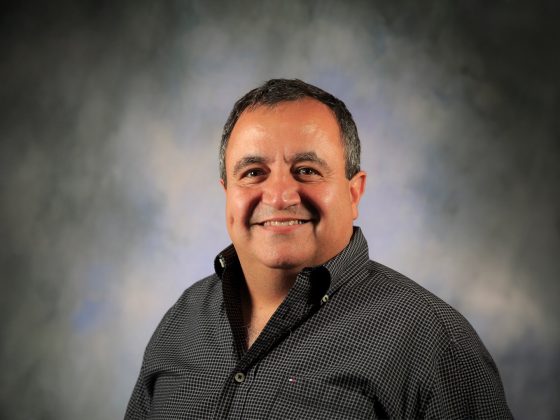Software development in healthcare demands more than technical skill – it requires strategic vision and human connection. With over a decade of experience optimizing software strategies, Chief Technology Officer John Campbell Crighton has guided both emerging companies and enterprise teams through the complex healthcare landscape. His approach cuts through typical technical discussions to focus on three foundational elements that determine whether healthcare software succeeds or fails in the real world.
Driving Innovation Beyond Code
John didn’t start out thinking about teamwork and communication. Like many CTOs, he began his career focused on technical solutions. But healthcare software brings unique challenges. “I’ve been developing and optimizing software strategies for over a decade, helping startups and enterprise teams drive high impact innovation,” John says. His work spans everything from small companies just getting their footing to massive healthcare enterprises struggling with legacy systems. What surprised him? Technical problems rarely sink projects. People problems do.
Here are John’s three key ways to build smarter, more effective software strategies:
Highlighting the Importance of Teamwork
The first lesson hit home during a project that looked perfect on paper but fell apart in execution. “Teamwork is the most important aspect of any software project because it’s impossible for any one person to build and maintain a large software product by themselves,” John explains. He’s blunt about the reality many technical leaders don’t want to face: “You’re always going to be relying on a team of individuals to bring that software to market and to support it.” Healthcare software gets complex fast. Regulatory requirements, integration points, security concerns – no single developer can handle it all. Teams that function well deliver. Teams that don’t, fail. It’s that simple.
Addressing Communication Gaps
John still remembers a project where two departments building the same system never talked. Six months in, they discovered they’d been working on completely different things. “Communication goes hand in hand with teamwork,” he says. “It is very important that the different groups involved in the software project are clearly communicating about the new features being added and the status of the features currently in the product.” The stakes get higher in healthcare, where miscommunication can affect patient care. “Communication is absolutely essential,” John emphasizes, especially when technical teams need to understand clinical requirements.
Managing Cultural Complexity
The third pillar became apparent when John started working with global teams. Offshore development is common in healthcare software, but it brings complications many leaders don’t anticipate. “Cultural intelligence is an outshoot of emotional intelligence,” John explains. “It’s not only understanding how people work on teams and the individual attributes they bring, but how their culture impacts their work life and effectiveness.” Different cultures approach problems, hierarchy, and even time differently. What feels like resistance might simply be a different communication style. “When you’re managing offshore teams, cultural intelligence is very important,” John notes. Teams that bridge these gaps gain access to global talent. Those that don’t face constant friction.
These principles have served John well across numerous healthcare projects. His approach focuses on creating systems that not only work today but can evolve with changing requirements. “If you’re looking to build smarter software strategies that actually move the needle, I’d love to connect,” he offers. “Whether you’re scaling a startup or navigating legacy systems, I bring clarity, structure, and a proven path forward.”
Connect with John Campbell Crighton on LinkedIn to learn how he drives smarter software strategies.
